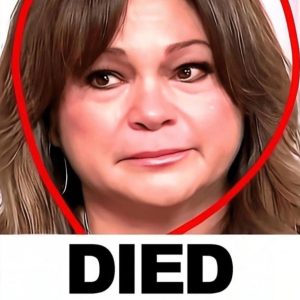The skin is the body’s largest organ and often reflects internal health. “Changes in its color, texture, or appearance can alert you to internal imbalances” and may reveal early signs of disease.
A yellow tint in the skin and eyes usually points to liver issues like hepatitis or cirrhosis. It happens when “the liver cannot process bilirubin properly.”
Brown, thickened patches on the neck or armpits may signal insulin resistance, a warning sign of type 2 diabetes. This condition is called acanthosis nigricans.
Persistent facial redness may suggest rosacea, while rashes on other areas can indicate allergies, infections, lupus, or autoimmune problems. Severe dryness or flaking that doesn’t improve with creams may be tied to hypothyroidism, psoriasis, or nutrient absorption issues.
“Nails are part of the integumentary system.” Brittle nails or dark lines may point to deficiencies, thyroid disease, or heart issues. Frequent unexplained bruising could mean clotting problems, vitamin K deficiency, or blood disorders.
See a doctor if these symptoms appear suddenly, worsen, or come with fatigue, fever, weight loss, or pain. A dermatologist may refer you to other specialists for further evaluation.





